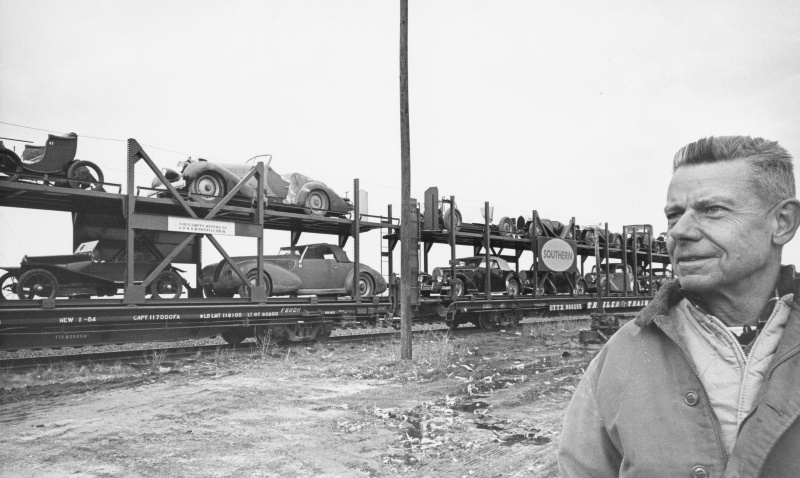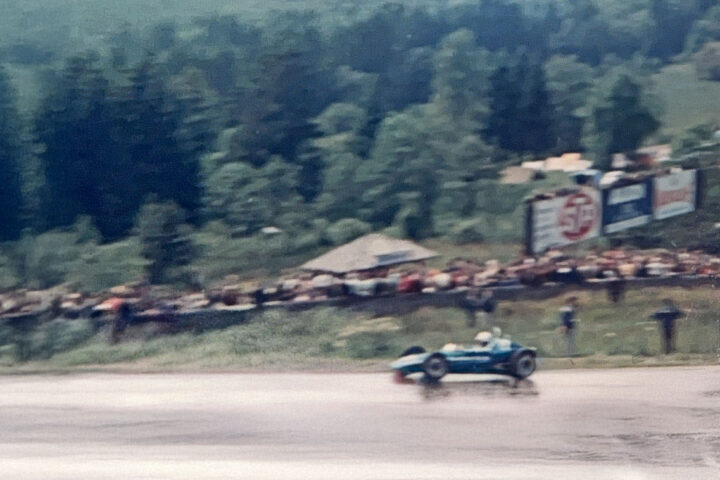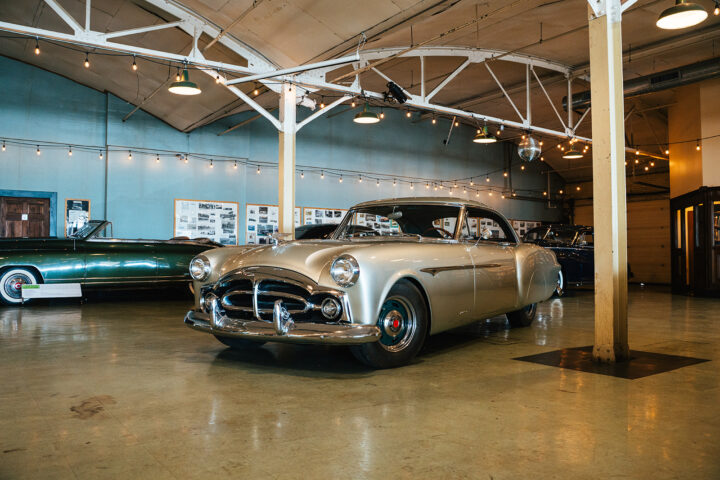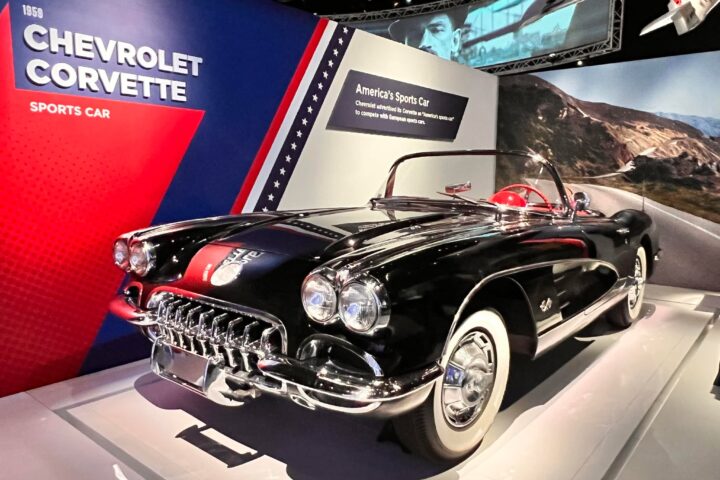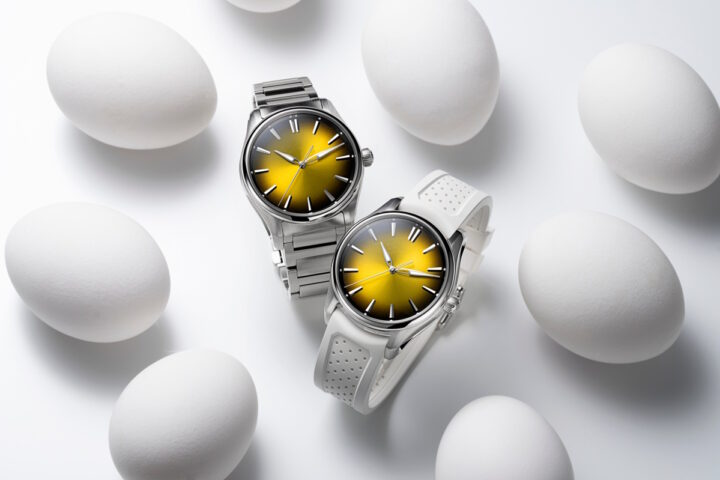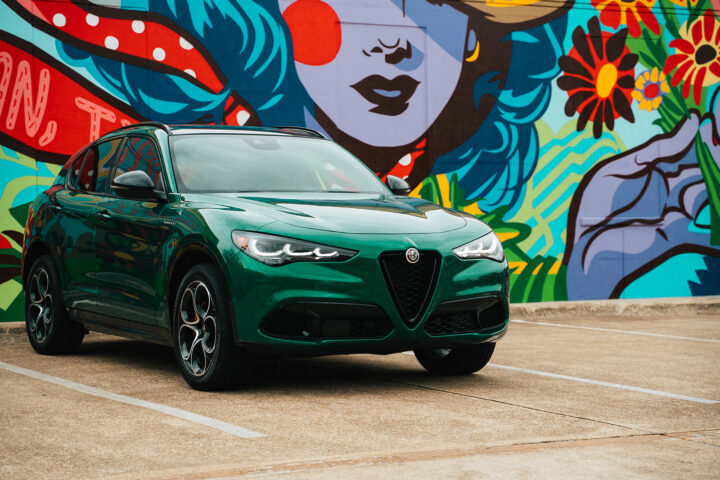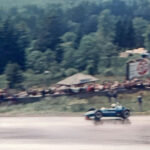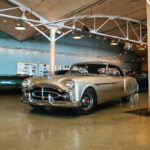TGR Staff:
Fritz Schlumpf had an obsession for Bugatti automobiles, he had set for himself the ambitious goal of creating the largest Bugatti collection in existence. In the early 60s when he found out a collector in America had amassed 30 of the rare vehicles he made a bid for the whole collection, the negotiations went on for over two years.
Bugatti and Schlumpf are two names that have been interlinked for a long time. Fritz Schlumpf bought his first Bugatti at the age of 22 in 1928 and drove it on weekends and in car races. The car enthusiast kept in touch with the Alsace-based company Bugatti over the coming years, although his passion for collecting didn’t really develop properly until 1961. Schlumpf initially worked as a wool broker, and in 1929 his older brother Hans joined the textile company. In 1935, they founded Société Anonyme pour l’Industrie Lainière (SAIL), a limited company trading in wool.
After the war, the brothers bought up several factories and spinning mills in Alsace until they almost fully dominated the textile industry in eastern France. In 1957, they acquired a disused wool factory in Mulhouse, Alsace, in order to build their own automobile museum: in honor of their beloved mother and Ettore Bugatti, but mainly for Fritz Schlumpf himself. After all, collecting Bugatti cars had long become his obsession. From 1961 onwards, he acquired numerous classic vehicles and eventually became the leading Bugatti collector.
In order to achieve this, Schlumpf wrote to Bugatti owners all over the world in the early 1960s. He obtained the addresses from a register kept by Hugh Conway of the British Bugatti Owners Club, who put him in touch with American collector John W. Shakespeare from Hoffman, Illinois, in 1962. Shakespeare had dedicated himself to collecting Bugatti vehicles since the 1950s: his first car was a 1932 Bugatti Type 55; this was followed by a Type 41 Royale Park Ward, the third and last customer car, twelve Type 57, three Type 55, and Ettore Bugatti’s personal electric car Type 56 dating back to 1931. All in all, Shakespeare owned the largest Bugatti collection in the world, comprising some 30 vehicles.
Schlumpf simply had to get hold of these cars and made Shakespeare a lump-sum offer of USD $70,000. But the latter demanded at least $105,000, whereupon Schlumpf had the collection assessed by Bugatti connoisseur Bob Shaw from Illinois in 1963. Shaw arrived at an unflattering conclusion: “Most of the cars are kept in a part of the building with a dirty floor, broken windows, leaking roof and nesting birds. Every car is in some state of disrepair and none of them have been running for at least 18 months.” Shaw advised against the purchase but Schlumpf was fully committed by this time and offered Shakespeare $80,000 for the entire collection. After tough negotiations, mutual threats and blackmail, Schlumpf and Shakespeare finally agreed on a purchase price of $85,000 dollars the following year (equivalent to approximately $720,000 today), including transport to France. From today’s point of view, it was more than just a good deal, in fact, it was a real bargain.
On 30 March 1964, the 30 Bugattis left Illinois on a Southern Railway train heading for New Orleans where they would be loaded onto a Dutch cargo ship. A photo shows the open train with a large number of rare vehicles. A few weeks later, the freighter reached the French port of Le Havre, where Fritz Schlumpf finally received his treasure. He was now one huge step closer to achieving his goal of being the biggest Bugatti collector in the world. It wasn’t until 1965 that the Schlumpf brothers publicized their collection in a short press release, and the idea of a museum was born. But Fritz Schlumpf never officially opened it.
The Schlumpf brothers had little opportunity to enjoy their unique car collection, and their pleasure in these wonderful cars was only to last a few years: large-scale strikes occurred after they engaged in questionable business practices, and the decline of the French textile industry in the 1970s eventually meant they were forced to flee to Switzerland. The story of the amazed workers who came across the secretly hoarded treasure in 1977 has gone down in automotive history.
What remains are the exclusive vehicles, showcased in an extraordinary and unique exhibition: the Schlumpf collection is now located in the “Cité de l’Automobile” national museum in Mulhouse in the heart of Alsace – the largest automobile exhibition in the world. Covering an area of more than 25,000 square meters, the exhibition comprises 400 of the world’s rarest, most magnificent and most valuable cars – including around 100 Bugatti models, such as two of just six Type 41 Royale ever built. One of them is the former Shakespeare vehicle with the Park Ward bodywork. Other models from the group of 30 vehicles are to be found in their original unrestored condition at the Mullin Automotive Museum in Oxnard, California. There and in Alsace, visitors can admire them after their almost 60-year odyssey.

